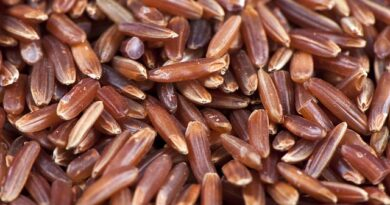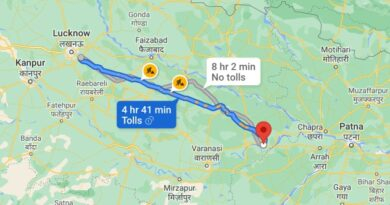Lithium in Mandya district of Karnataka
Department of Atomic Energy
Why in news?
The Government today said that preliminary surveys on surface and limited subsurface by Atomic Minerals Directorate for Exploration and Research (AMD), a constituent unit of Department of Atomic Energy have shown presence of Lithium resources
Key highlights:
- Survey shows deposits of Lithium resources of 1,600 tonnes (inferred category) in the pegmatites of Marlagalla – Allapatna area, Mandya district, Karnataka.
- Lithium is a key element for new technologies and finds its use in ceramics, glass, telecommunication and aerospace industries.
- The well-known uses of Lithium are in Lithium ion batteries, lubricating grease, high energy additive to rocket propellants, optical modulators for mobile phones and as convertor to tritium used as a raw material for thermonuclear reactions i.e. fusion.
- The thermonuclear application makes Lithium as “Prescribed substance” under the Atomic Energy Act, 1962 which permits AMD for exploration of Lithium in various geological domains of the country.
- Due to the continuously increasing demand of Lithium ion batteries, the requirement of Lithium has increased over last few years.
- Subsequently, Indian government plan for commercial exploitation of the lithium deposits can commence after the technical, social and economic feasibility studies in the area.
Li-Ion battery
Whittingham developed the first functional lithium-ion battery in 1976, Good enough brought in a major improvement in 1980, while Yoshino made the first practical-use lithium-ion battery in 1985. Commercially manufactured lithium-ion batteries, based on what Yoshino had developed, made their first appearance in 1991.
Properties:
- It is a chemical element with the symbol Li.
- It is a soft, silvery-white metal.
- Under standard conditions, it is the lightest metal and the lightest solid element.
- It is highly reactive and flammable, and must be stored in mineral oil.
- It is an alkali metal and a rare metal.
- The alkali metals consist of the chemical elements lithium, sodium, potassium, rubidium, caesium, and francium.
- Together with hydrogen they constitute group 1, which lies in the s-block of the periodic table.
- Rare Metals (RM) include Niobium (Nb), Tantalum (Ta), Lithium (Li), Beryllium (Be), Cesium (Cs) etc. and Rare Earths (RE) include Lanthanum (La) to Lutetium (Lu) besides Scandium (Sc) and Yttrium (Y).
- These metals are strategic in nature with wide application in the nuclear and other high tech industries such as electronics, telecommunication, information technology, space, defense etc.
Discover more from Simplified UPSC
Subscribe to get the latest posts sent to your email.



